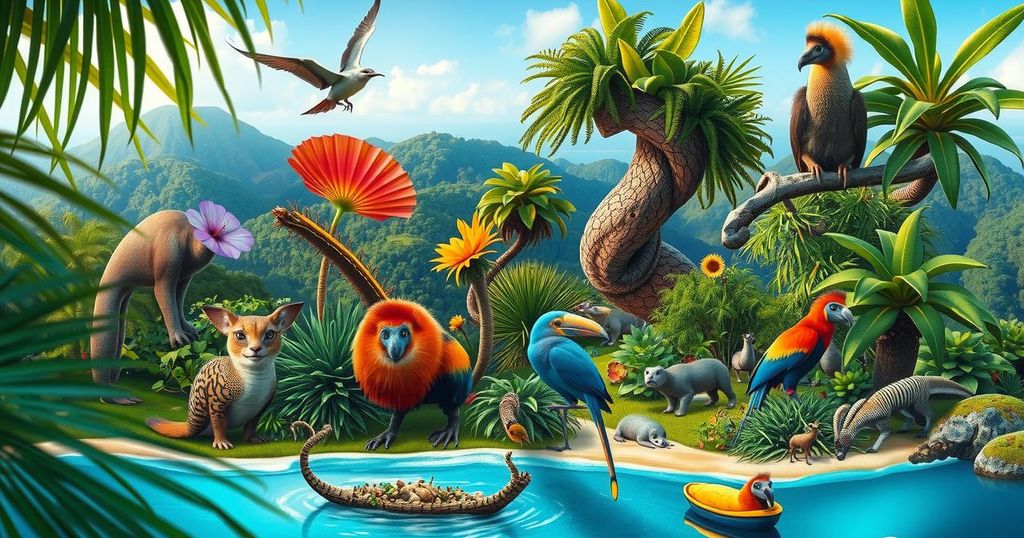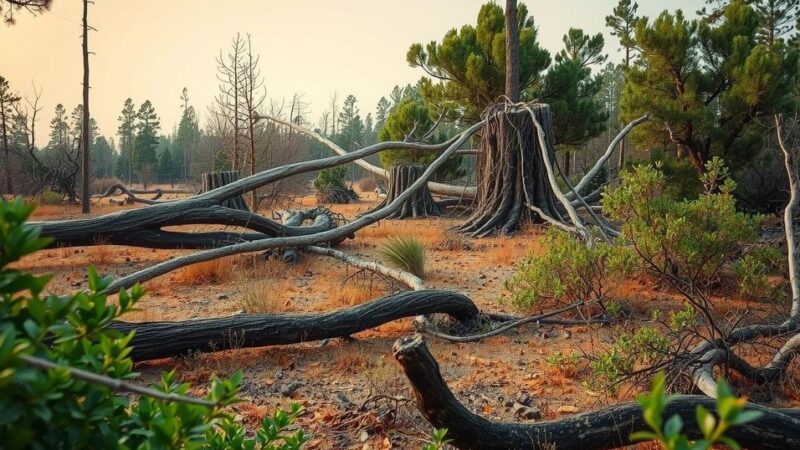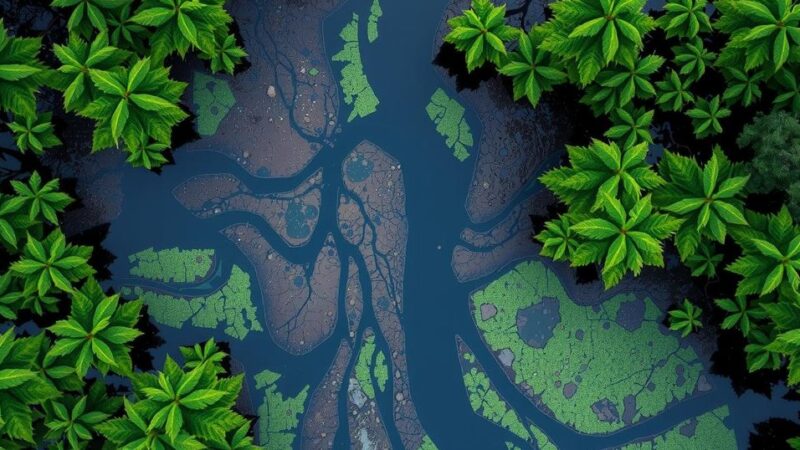An international study reveals that species extinction in Madagascar due to human activities requires up to 23 million years for recovery if action is not taken. Approximately 90% of its species are unique, with many threatened by habitat loss. Immediate conservation is essential to protect Madagascar’s unique biodiversity and evolutionary history.
A recent study led by international scientists including Dr. Liliana M. Dávalos from Stony Brook University indicates that it may take three million years to recover mammal species lost to human activities in Madagascar. Published in Nature Communications, the research highlights that if threatened species become extinct, it would require over 20 million years for their recovery—significantly longer than previous estimates for any other island archipelago.
Madagascar is recognized as a biodiversity hotspot, home to unique species such as baobabs and lemurs, with approximately 90 percent of its flora and fauna endemic to the island. The advent of human settlement about 2,500 years ago initiated a wave of extinctions, erasing species such as giant lemurs and elephant birds. Despite this, Madagascar retains over two hundred surviving mammal species, half of which face extinction mainly due to habitat conversion for agriculture.
In pursuit of understanding the evolutionary impact of these losses, a team of biologists and paleontologists compiled a comprehensive dataset of the mammal species existing on Madagascar during human colonization. They identified a total of 249 species, including 30 that have gone extinct, while over half of the current 219 species face threats from habitat destruction, climate change, and hunting.
Employing a computer simulation based on island biogeography theory, team leaders Nathan Michielsen and Luis Valente projected that recovery from the losses incurred since human arrival would require approximately three million years. However, if the currently at-risk species were to vanish, recovery would extend to about 23 million years—an increase of several million over the last decade largely due to escalating human interventions.
The findings surprised the scientific community, underscoring the urgent need for conservation efforts in Madagascar. Dr. Dávalos remarked on the potential impact of ongoing research at Centre ValBio and Ranomafana National Park on preventing extinctions. Luis Valente emphasized the findings’ implications, noting Madagascar’s biodiversity is of profound significance, with recovery times exceeding those found in other regions like New Zealand and the Caribbean.
The study concludes that Madagascar may face an imminent extinction wave with substantial evolutionary consequences unless effective conservation measures are enacted. Encouragingly, the simulation indicates that with appropriate actions, it remains possible to protect over 20 million years of unique evolutionary heritage from extinction.
This study reveals a grave concern for Madagascar’s unique mammalian biodiversity, illustrating the extensive time needed for species recovery if current extinction trends persist. With more than half of Madagascar’s mammals threatened, urgent conservation efforts are critical. The findings underscore the exceptional evolutionary significance of the region and the immediate actions required to avert a potential extinction crisis.
Original Source: news.stonybrook.edu






